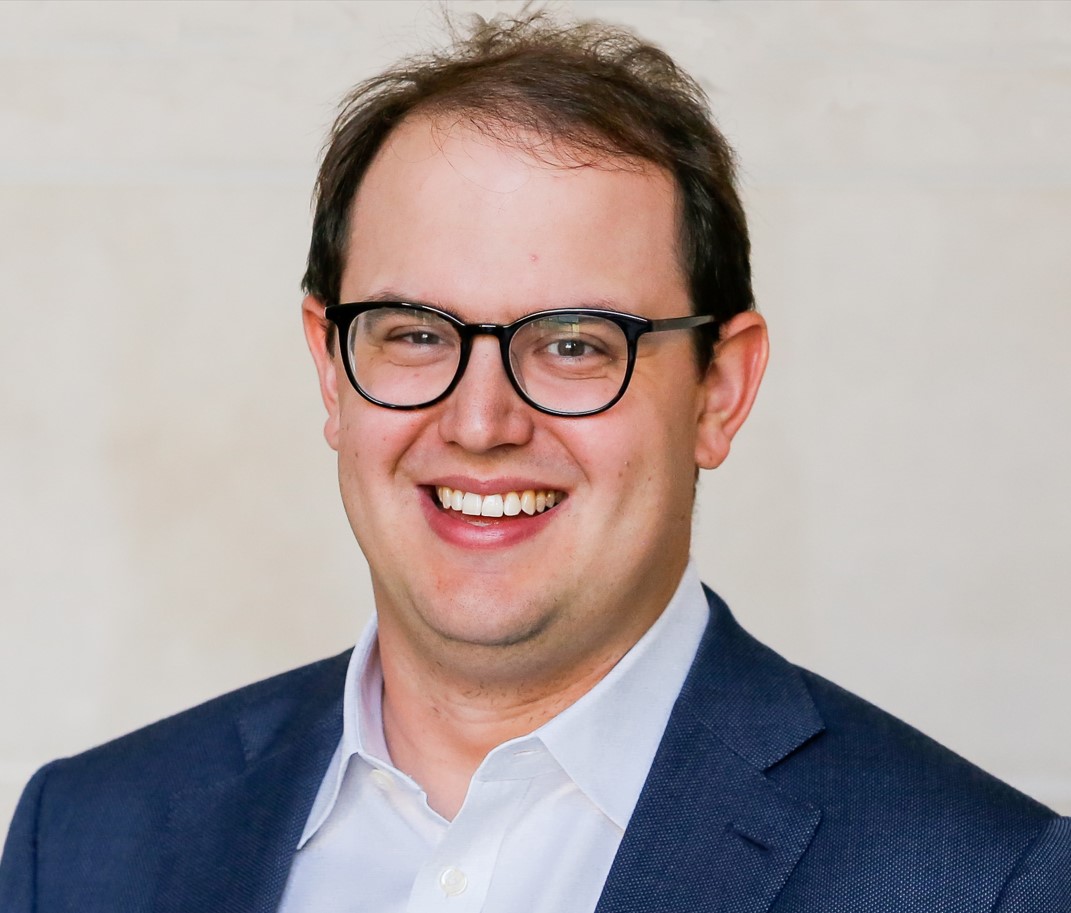From the White House to SAIS: Ben Buchanan on the Future of AI Governance and Global Affairs
 As Ben Buchanan, a renowned expert on artificial intelligence policy, completed the first semester of his tenure on the Johns Hopkins SAIS faculty, we reached out to learn more about his research interests, policy experience, and vision for the future of emerging technologies in global affairs.
As Ben Buchanan, a renowned expert on artificial intelligence policy, completed the first semester of his tenure on the Johns Hopkins SAIS faculty, we reached out to learn more about his research interests, policy experience, and vision for the future of emerging technologies in global affairs.
What specific areas within AI governance and cyber conflict are you most eager to explore during your time at SAIS? How do you see these issues evolving over the next five years?
There’s so much in AI and cybersecurity that’s exciting and important. The intersection between the two fields is vital, especially insofar as AI can affect the offense-defense balance in cyber operations. I’m also very interested in how AI systems can improve AI research, which is very important for the overall rate of progress. And of course, I’m interested in how the government, especially the national security community, manages this new technology.
How do you plan to integrate your experience from the White House and international policy forums into your research and teaching at SAIS?
SAIS is a school that blends theory and practice so well, and I try to live up to that tradition. I value the opportunity to tell students what it was like making some of the AI policy decisions in the White House, but also the opportunity to analyze those and other decisions from a more academic and big-picture lens.
With your involvement in the Emerging Technologies Initiative, what kinds of interdisciplinary collaborations are you hoping to foster across SAIS?
AI is by definition interdisciplinary, as it runs through so many aspects of science and our society. The intersection of AI and semiconductors, for example, is one of the most technically important areas of policy and global strategy today. The intersection of AI and biology is similarly vital, as it offers profound opportunities but also some risk. SAIS is positioned well to study all of these intersections and more.
What initially sparked your interest in the intersection of artificial intelligence, cybersecurity, and national security? Was there a particular moment or experience that shaped your path?
I have always thought technology was exciting and I have always thought national security was fascinating and important. I feel extremely lucky that I get to spend my time thinking about the way in which the two worlds have merged.
Given your role in shaping major AI policy initiatives at the national and international levels, what do you see as the most urgent policy gaps that academic institutions like SAIS can help to address?
There are many things that institutions like SAIS can do. The first is to approach these subjects with a dispassionate perspective. In government, time is a lot shorter than one would like, but academia offers a chance to study subjects in more depth and in a broader context. The second is that SAIS, as part of Johns Hopkins, is well positioned to bring together the many different disciplines, including scientific ones, that are necessary to get these policies right.
What advice would you give to students and early-career professionals who want to work at the intersection of emerging technologies and global security policy?
At least three things are essential. First is understanding the technology itself – not through metaphor or analogy, but on its own terms. Second is understanding the role of humans and human institutions in making and carrying out policy, including the U.S. government bureaucracy. And third is developing a sense of agency, transitioning from just studying problems to building the skills and ability to go off and address them.
In your opinion, what are the most pressing challenges in AI governance today? And how can policymakers address them effectively?
The most exciting thing about AI is also the most terrifying: it’s getting better very quickly. The U.S. government is not the one inventing this technology, in contrast to many of the other revolutionary technologies of the past century, in which the U.S. government was a main inventor or funder. It’s vital that the U.S. government build a meaningful relationship with the private sector that accelerates progress, harnesses the technology appropriately for national security use, and ensures that it does not get out of control.